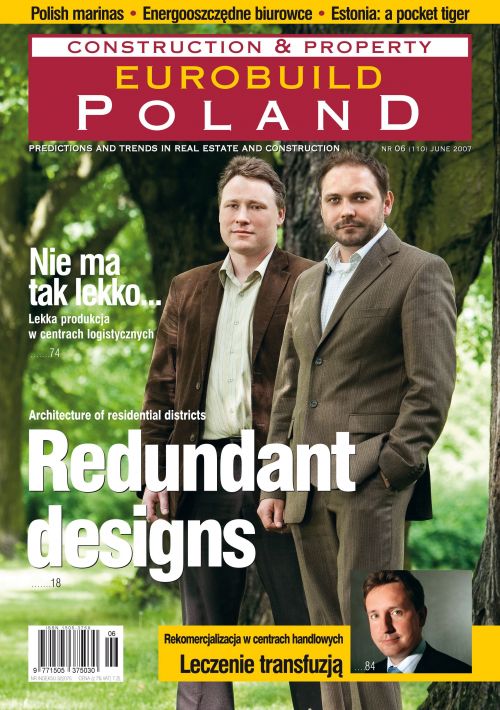Land is gradually becoming more valuable than gold, so naturally it should be held in banks; but developers are increasingly sceptical about offers to buy plots and often give a hard ‘no’ to selling themResidential market tycoons have recently been cramming themselves with data on how large their land banks are, or rather how many square metres of apartments can be developed on them (PUM for short), for such is the developer’s way of looking at plots. J.W. Construction, said to be the largest developer, declares he has land (300,000 sqm) on which 6,500 flats can be built, while Dom Developer, the second biggest, claims it owns land on which 6,000 flats and homes can be built with a total of 460,000 sqm PUM. The bank also contains land on which almost another 3,000 may be built, while the acquisition of additional land on which 6,500 apartments could be developed is currently being negotiated PUM waiting to pounceThe Polnord company intends to become the Polish reside






























































